Animals
-
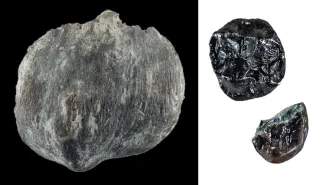 Anthropology
AnthropologyFossil finds amplify Europe’s status as a hotbed of great ape evolution
A kneecap and two teeth belonged to the smallest known great ape, a study contends. If so, it’s the first to coexist with another great ape in Europe.
By Bruce Bower -
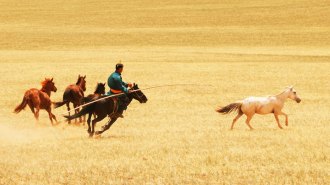 Genetics
GeneticsHorses may have been domesticated twice. Only one attempt stuck
Genetic evidence suggests that the ancestors of domestic horses were bred for mobility about 4,200 years ago.
-
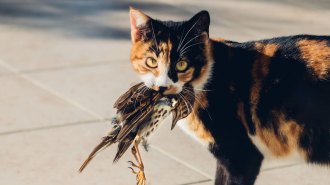 Health & Medicine
Health & MedicineBird flu can infect cats. What does that mean for their people?
Pet owners can take precautions to avoid H5N1, such as keeping cats indoors and making sure they don’t eat raw meat or milk.
-
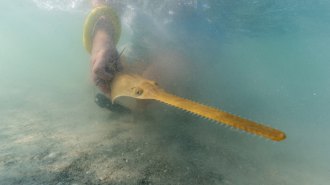 Animals
AnimalsA built-in pocket protector keeps sawfish from ‘sword fighting’ in the womb
What’s to prevent pups, with a snout that resembles a hedge trimmer, from slicing and dicing each other in mom’s uterus? Scientists have the answer.
-
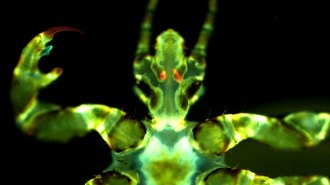 Health & Medicine
Health & MedicineHuman body lice could harbor the plague and spread it through biting
Rats and fleas previously got all the blame, but humans’ own parasites could be involved.
-
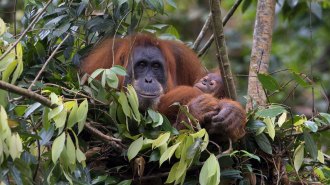 Animals
AnimalsSumatran orangutans start crafting their engineering skills as infants
By 6 months old, young orangutans are experimenting with construction materials, and by 6 years old, they are building platforms 20 meters in the air.
-
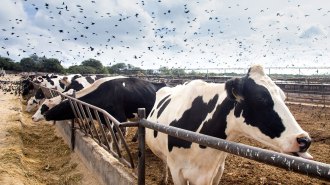 Health & Medicine
Health & MedicineGenetic analyses of the bird flu virus unveil its evolution and potential
The H5N1 outbreak in cattle is giving flashbacks to the COVID pandemic. But this time is different.
-
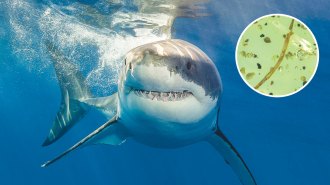 Paleontology
PaleontologyHow did an ancient shark parasite end up fossilized in tree resin?
A worm preserved in 99-million-year-old amber resembles modern flatworms in shark intestines. The rare finding has scientists stumped.
-
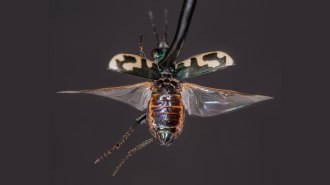 Animals
AnimalsTiger beetles may weaponize ultrasound against bats
In response to recordings of echolocating bats, tiger beetles emit noises that mimic toxic moths that bats avoid.
By Jake Buehler -
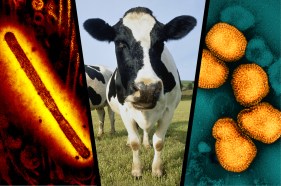 Health & Medicine
Health & MedicineCows might host both human and bird flus
Both kinds of influenza viruses may break into cattle cells using receptors similar to those in people, wild birds and poultry.
-
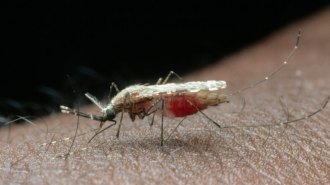 Animals
AnimalsGetting wild mosquitoes back to the lab alive takes a custom backpack
The new low-tech transportation method could help scientists in Africa assess if malaria-carrying mosquitoes are resistant to a common insecticide.
-
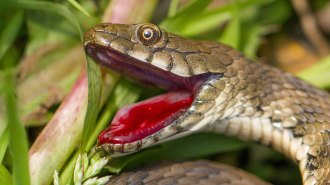 Animals
AnimalsThis snake goes to extremes to play dead — and it appears to pay off
When dice snakes fake their death to avoid predators, those that use a combination of blood, poop and musk spend less time pretending to be dead.